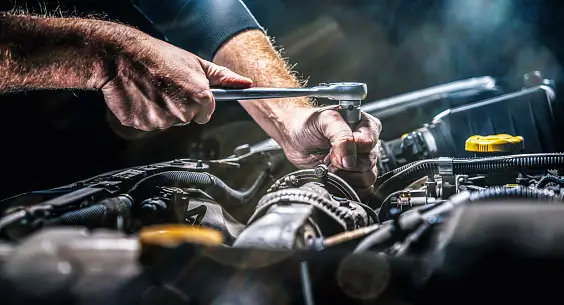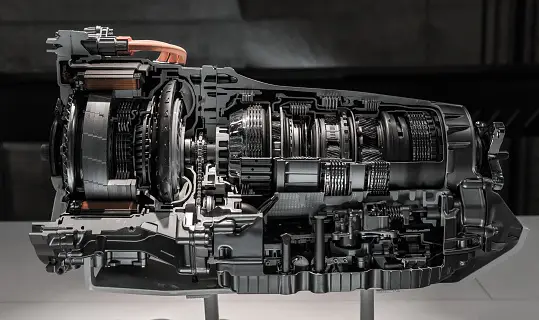March 11, 2024
What is the most common transmission problem?
One of the most common transmission problems encountered in vehicles is slipping. Transmission slipping occurs when the transmission fails to properly engage or stay in gear, resulting in a loss of power and acceleration. This can be caused by various factors such as low transmission fluid levels, worn clutch plates or bands, faulty solenoids, or internal mechanical issues. Slipping transmission can lead to further damage if not addressed promptly, so it’s essential to have it diagnosed and repaired by a qualified mechanic.
Which car has most transmission problems?
It’s challenging to pinpoint a single car model that has the most transmission problems, as the reliability of a vehicle’s transmission can vary based on factors such as manufacturing quality, design, maintenance, and usage patterns. However, some car models and brands have been associated with higher incidences of transmission issues than others. Generally, vehicles with continuously variable transmissions (CVTs) or dual-clutch transmissions (DCTs) have been reported to have more transmission-related problems compared to those with traditional automatic or manual transmissions.
Consumer reports, automotive forums, and industry studies often provide insights into which car models or brands may have transmission reliability issues, but it’s important to consider that these reports can vary based on the sample size, methodology, and biases.
Regular maintenance, proper driving habits, and timely repairs can help mitigate transmission problems regardless of the vehicle model. Additionally, some manufacturers have been known to issue recalls or extend warranties for certain transmission-related issues, so it’s essential for owners to stay informed about any manufacturer notifications or service bulletins related to their vehicles.
How to fix a transmission problem?
Fixing a transmission problem can vary greatly depending on the specific issue you’re facing. Here are some general steps you can take:
- Diagnosis: First, you need to identify the specific problem with your transmission. Common issues include slipping gears, rough shifting, leaks, and strange noises. It’s best to consult with a qualified mechanic or transmission specialist who can diagnose the problem accurately.
- Check Transmission Fluid: Ensure that your transmission fluid is at the proper level and in good condition. Low fluid levels or dirty fluid can cause various transmission issues. If the fluid is low, you may have a leak that needs to be repaired.
- Transmission Fluid Change: If the transmission fluid is old or contaminated, it may need to be drained and replaced. This is a relatively straightforward maintenance procedure that can help improve transmission performance.
- Replace Transmission Filter: Some vehicles have transmission filters that can become clogged over time. Replacing the filter during a fluid change can help prevent future problems.
- Repair or Replace Components: Depending on the specific issue with your transmission, you may need to repair or replace certain components such as solenoids, clutch packs, seals, or gaskets. This often requires disassembling the transmission, so it’s best left to a professional mechanic or transmission specialist.
- Transmission Flush: In some cases, a transmission flush may be recommended to remove built-up contaminants and debris from the transmission system. However, this procedure is controversial, and some experts advise against it due to the potential risk of dislodging debris and causing further damage.
- Rebuild or Replace Transmission: In severe cases where the transmission is severely damaged or worn out, rebuilding or replacing the entire transmission may be necessary. This is a significant repair that can be costly but may be the most effective solution for restoring proper transmission function.
It’s important to address transmission problems promptly to prevent further damage and ensure safe driving. Always consult with a qualified mechanic or transmission specialist for proper diagnosis and repair of transmission issues.


